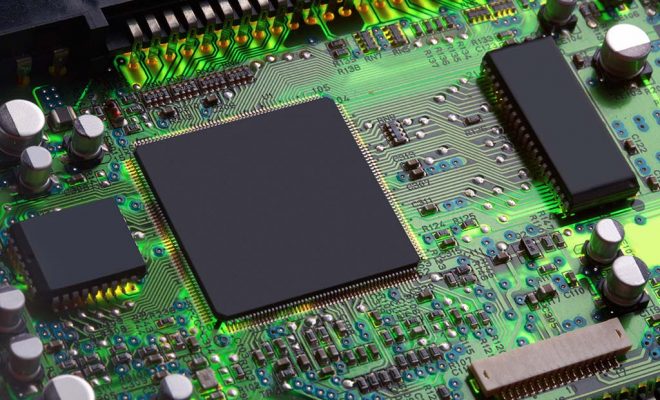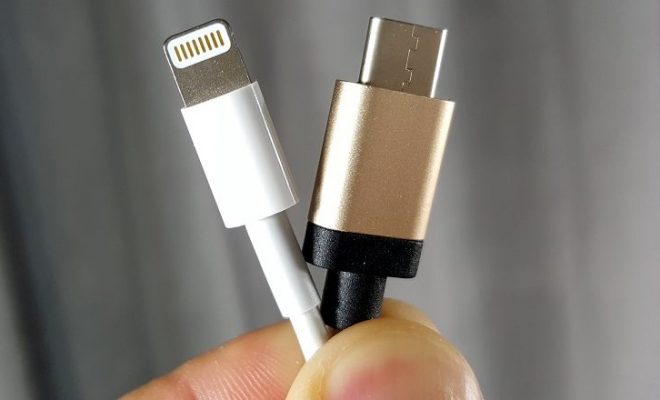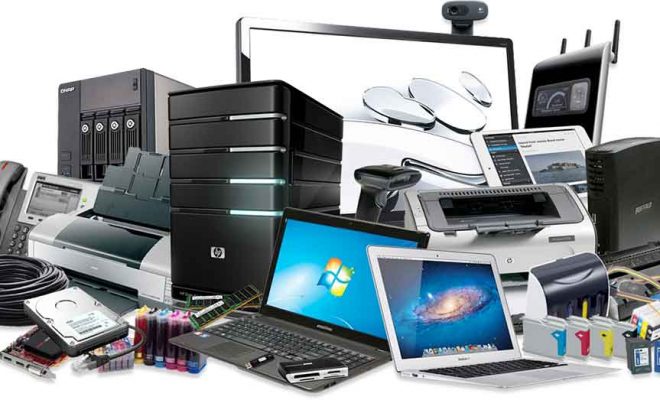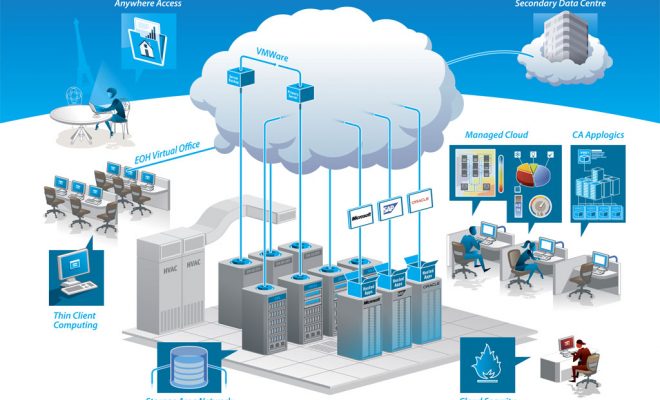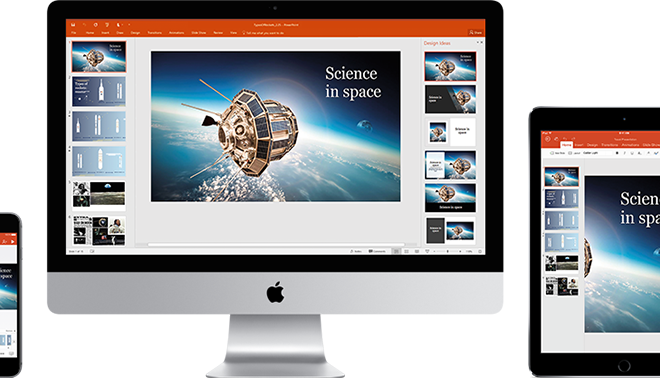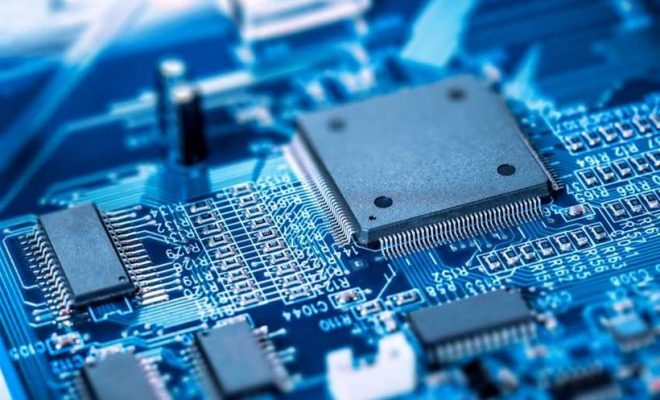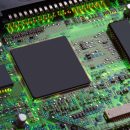Windows on ARM as well as the future of Computers as a Solution
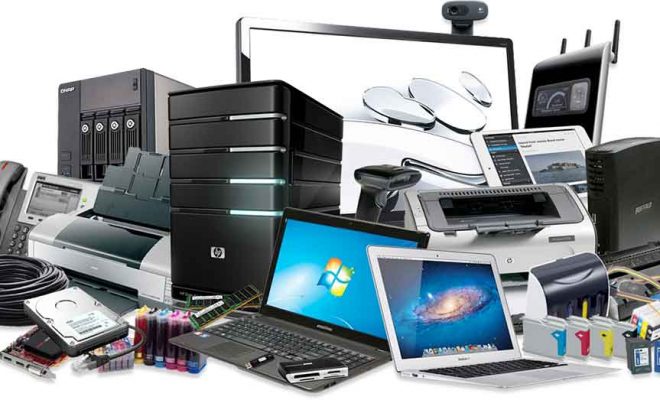
This month, the initial battle will start on what will be a historical battle for the future generation of PCs. Initially it will certainly be combated on laptop computers however– much like mobile phones drifted to tablet computers, as well as a lot of the initial wave of AI-driven, home-based electronic aides– this war may eventually include all PCs.
If this were just a war between cpus, the X86 folks would likely win easily, both since Windows has years of tuning on X86 and it is the entrenched part. However this isn’t regarding processors. This has to do with whether the computer will certainly be done on the desktop computer or in the cloud.
Simply put this is a war in between the modem as well as the cpu … or yet one more effort to transform the COMPUTER into more of large mobile phone.
This has a great deal of ramifications both for the future of Windows and also the future of both Computers and also smartphones. Allow’s consider a few of the interesting moving components.
Computers as a Service
Among the huge trends this years is PCs as a Solution– and every significant OEM is racing to apply their own version. The concept is similar to it was with data processors in the early days (and also utilized to be with cell phones while aids were the norm). You do not spend for the hardware, it’s constructed into a regular monthly charge, which includes the individual’s applications and also the hardware needed to run them. The end goal is to have something economically that acts far more like a wire solution or energy than a typical PC sale.
The problem has always been the hardware, as well as the worry that, after obtaining new equipment and paying for one or two months, the business terminates the solution, leaving the OEM with old hardware they should sell for cents on the dollar. On top of that, if the solution is to actually function, the price of running that hardware should be low, and a lot more in line with an established top box or incurable compared to a typical PC..
So, the application would certainly tend to favor equipment that was more terminal- or thin client-based, so the intricacy as well as the OEM’s solution costs could be minimized, and thus the charge they would certainly need to charge, decreased.
The cloud.
Eviction variable for these future PCs as a service product would likely be the connectivity of the tool and less about the processor. As well as plainly one of the various other huge patterns that aids us down this course is the spread of cloud computing and options like Citrix, which could be utilized to provide the required individual experience. Provided Microsoft’s transfer to make Azure their most important development platform, this idea of cloud desktop computer ought to be core to their lasting approach anyway. It would certainly additionally resolve a minimum of one substantial problem they presently have. People not covering their makers timely or upgrading to the existing version of their OS platform as both would be centrally controlled and also dental implanted..
However we’ll need far better wireless efficiency.
5G.
This efficiency is can be found in 5G before the end of the years from practically every carrier. And also 5G not only brings even more bandwidth, it supplies far better connectivity at the side– which implies you must be able to obtain good performance no matter where you are. Another advantage is safety and security, since we’ve there are a great deal of compromised WiFi access factors, and also being able to attach straight back to a mobile service provider should substantially enhance safety over laptop computers that currently utilize Wi-fi. There are a few various other advantages in that the result need to be even more like a smartphone: always-on so you do not have to wait on it too or to come out of rest or hibernation..
Finishing up: assuming various.
Running versus established suppliers with decades in a segment isn’t really very easy. Apple did it with the apple iphone by essentially transforming just what an apple iphone was. Prior to the iPhone, smartphones were business-centric tools as well as gotten by firms. After the iPhone, they were consumer-centric and also increasingly purchased by users (even though, in most cases, firms still reimbursed the purchase).
This is exactly what the ARM version of Windows will certainly have to do. In this situation, shifting purchasers from mostly computing locally to shadow computer, and from mainly being connected to always being attached..
The one gating factor I have not dealt with is aircraft usage. Right now, the truly crappy connections offered on planes just isn’t really adequate to attend to a cloud computer desktop model. This capability is arranged to be dramatically enhanced, however given exactly how bad it is now, I have doubts whether these renovations will suffice. Provided exactly how tight the physical room on planes have become, it isn’t really clear many of us will certainly be able to absolutely obtain genuine job done on planes much longer anyhow, so this could end up not to be a crucial course problem..
Ultimately, we are relocating to brand-new model in personal computing. That brand-new version places existing hardware at risk, and also supplies an unusual possibility for ARM technology to displace x86.
Now it is simply up to someone to do the Steve Jobs thing and also carry out.
If ARM could get a beachhead on laptop computers, after that desktop computers, which are usually always attached, must fall fast. After that, if the PC ends up being a bigger, connected smartphone-like gadget, will we still likewise need smartphones, or will we simply have a smaller accessory connected to our linked COMPUTER that we speak via? I ask yourself …

